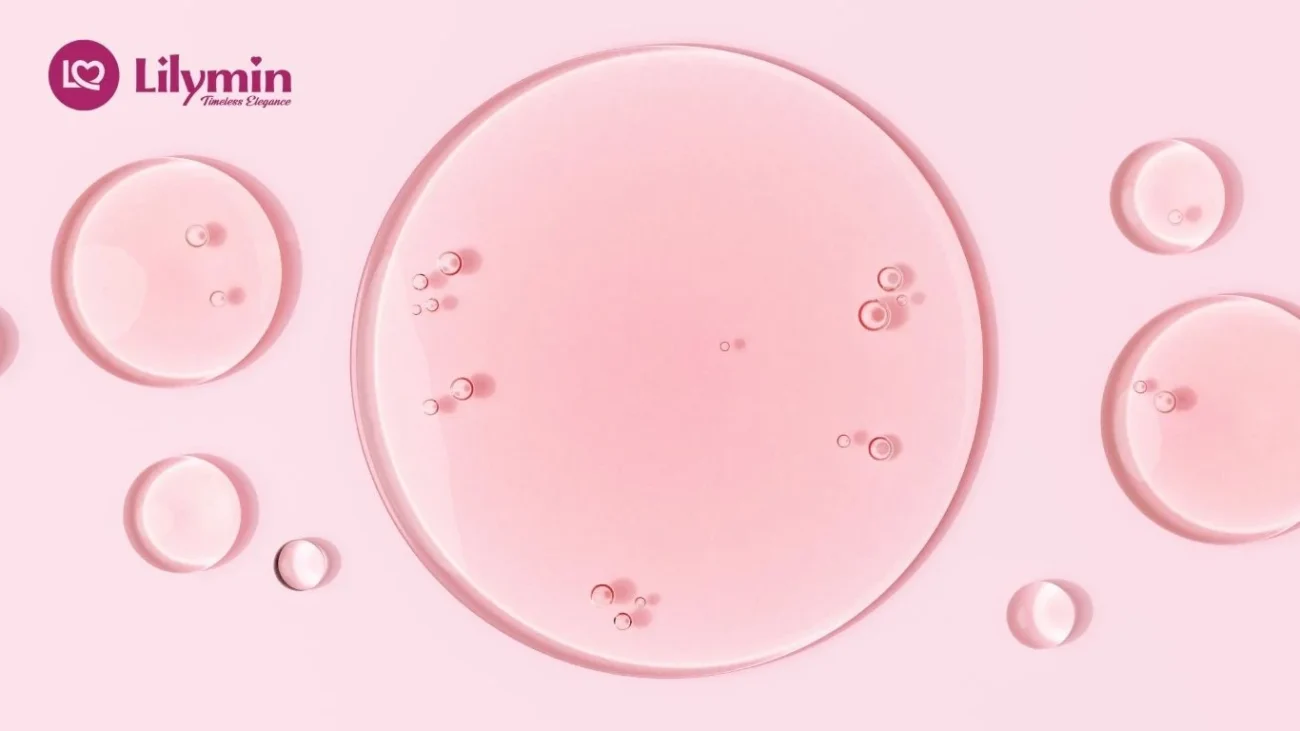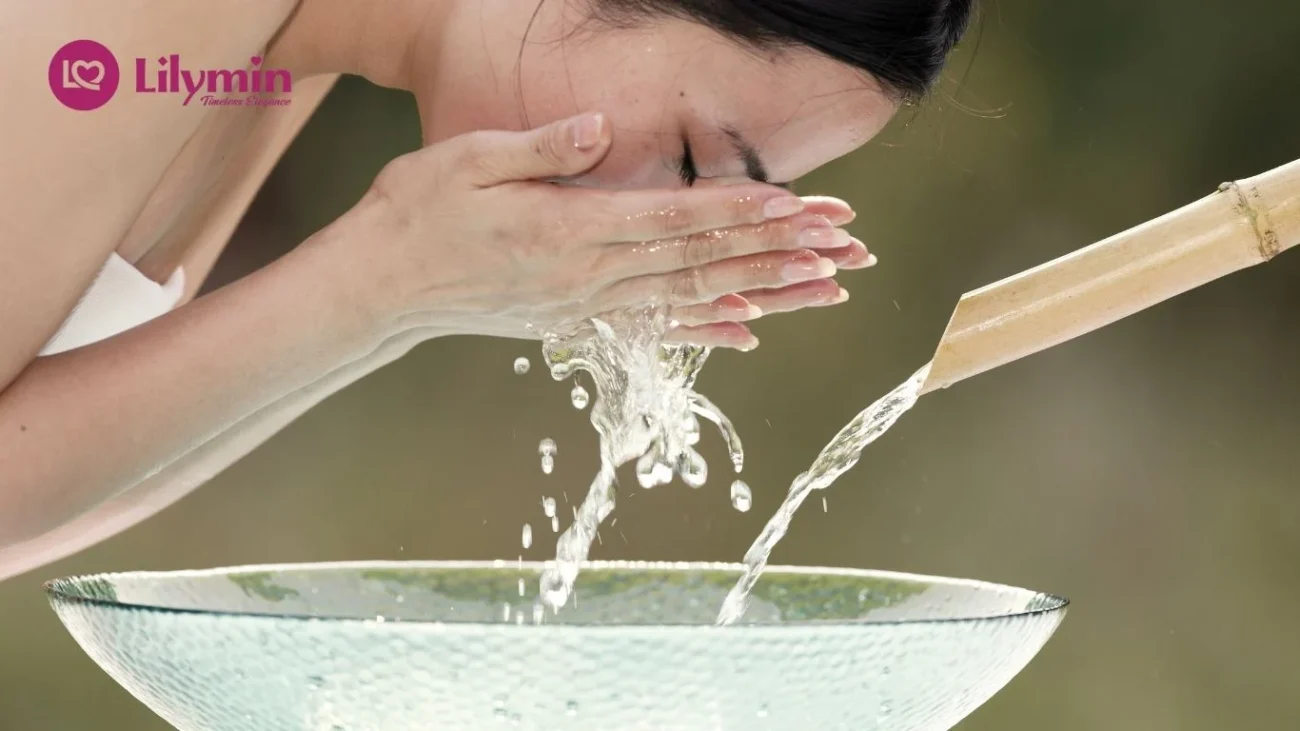Best Sunscreen for Dry Skin: Hydrate, Protect, and Glow

Dry skin needs more than just hydration it needs defence. When the sun meets dry, sensitive skin, the results are often uncomfortable. Think flakiness, tightness, or even visible redness. The solution? The Best sunscreen for dry skin that does more than protect. It hydrates, soothes, and shields while preserving your skin barrier.
Most sunscreens cater to oily or acne-prone skin. These tend to dry out the skin further, leaving it even more vulnerable. But if you have dry skin, the wrong SPF can lead to irritation, fine lines, or that uncomfortable, stretched feeling. That’s why using the best sunscreen for dry skin is essential.
In this guide, we’ll break down what makes a sunscreen suitable for dry skin, which ingredients work best, and why Lilymin’s Grapeseed Sunscreen is a perfect match. With expert insights, ingredient breakdowns, and product comparisons, you’ll find the right SPF that hydrates, protects, and nourishes all in one.
1. Why Sunscreen Is Essential for Dry Skin
Dry skin is often thin, which means it lacks the natural oils that keep it supple and protected. When exposed to UV rays, dry skin is more likely to develop sunburn, irritation, or premature wrinkles. A quality sunscreen for dry skin acts as both a shield and a moisture-locking agent.
Sunscreen also prevents water loss, which is vital for dry skin. By choosing the right SPF, you can keep your skin hydrated while staying protected against long-term UV damage.
2. Common Mistakes When Choosing SPF for Dry Skin
One of the biggest mistakes people with dry skin make is using generic or mattifying sunscreens. These often contain alcohols or zinc-heavy formulas that strip away moisture.
The best sunscreen for dry skin should be hydrating, non-alcoholic, and cream-based. Avoid powder or spray formats that tend to be drying. Instead, go for SPF creams or lotions that nourish and hydrate as they protect.
3. What to Look for in the Best Sunscreen for Dry Skin
Look beyond the SPF number. Choose a sunscreen that contains moisturising ingredients like hyaluronic acid, aloe vera, or glycerin. These humectants draw moisture into the skin and help maintain hydration throughout the day.
A sunscreen for dry skin should also be free from drying alcohols, synthetic fragrance, and harsh preservatives. Lightweight yet nourishing textures work best.
4. Physical vs Chemical Sunscreen: Which Is Better for Dry Skin?
Chemical sunscreens absorb UV rays and convert them into heat. Physical (mineral) sunscreens reflect the rays. For dry skin, both can work, but physical sunscreens often include soothing agents like zinc oxide or titanium dioxide.
If you’re sensitive or prone to redness, physical sunscreen might suit you better. However, chemical formulas enriched with hydrating agents also make excellent sunscreens for dry skin when formulated correctly.
5. Why Texture and Finish Matter for Dry Skin
A sunscreen that’s too thick can feel greasy, while a gel might not hydrate enough. The best sunscreen for dry skin feels smooth, absorbs well, and leaves a dewy not shiny finish.
Creamy textures with built-in moisturizing properties are ideal. Look for terms like “hydrating finish”, “moisturizing formula”, or “nourishing base” on the label.
6. Key Ingredients That Benefit Dry Skin in Sunscreens
| Ingredient | Benefit for Dry Skin |
|---|---|
| Hyaluronic Acid | Locks in moisture |
| Glycerin | Attracts water to the skin |
| Aloe Vera | Soothes and hydrates |
| Vitamin E | Antioxidant and skin barrier repair |
| Niacinamide | Reduces dryness and supports elasticity |
| Grapeseed Extract | Nourishes and strengthens the skin barrier |
The best sunscreen for dry skin often includes a combination of these ingredients for superior hydration and long-term skin comfort.
7. How to Apply Sunscreen for Maximum Hydration
Apply your moisturizer, wait a few minutes, and then layer your sunscreen for dry skin on top. Use at least two fingers’ worth of product for your face and neck.
Don’t forget areas like your ears, hairline, and under the chin. Reapply every two hours if outdoors, and immediately after sweating or swimming.
8. Makeup and Sunscreen: What Works Best for Dry Skin?
Dry skin under makeup can look patchy if the base isn’t right. The Best sunscreen for dry skin that also acts as a primer makes your routine easier. Look for sunscreens that say “makeup-friendly” or “smooth base”.
Lilymin Grapeseed Sunscreen is ideal it absorbs quickly and sits well under foundation while keeping the skin hydrated all day long.
9. Lilymin’s Grapeseed Sunscreen: The Ultimate SPF for Dry Skin
If you’re looking for a multitasking sunscreen that protects, hydrates, and nourishes, Lilymin Grapeseed Sunscreen checks every box. It contains:
- Grapeseed Extract for antioxidant defence and skin renewal
- Aloe Vera for calming and hydration
- Lilium Candidum Extract for soothing sensitivity
- Glycerin for long-lasting moisturisation
It’s non-greasy, non-comedogenic, and perfect for daily wear. This is what makes it a top-rated sunscreen for dry skin in every season.
10. Seasonal Shifts: Adapting SPF for Dry Skin Year-Round
Dry skin worsens in winter, but that doesn’t mean you should skip SPF. UV rays penetrate clouds and still cause damage in cooler months. The best sunscreen for dry skin provides both hydration and year-round protection.
During summer, a lightweight formula with a high SPF and hydrating base works well. In winter, choose a richer SPF with added emollients like vitamin E and shea butter.
11. Daily Benefits of Using the Right Sunscreen
Using the right sunscreen for dry skin every day improves not just protection, but your skin’s overall appearance. It reduces flakiness, strengthens the skin barrier, and prevents premature ageing caused by UV damage.
Within weeks, your skin feels smoother, looks plumper, and glows naturally because it’s protected, nourished, and well cared for.
List: Key Features of the Best Sunscreen for Dry Skin
- Dry skin demands more than just basic sun protection. It requires nourishment, hydration, and a gentle touch. Many sunscreens on the market cater to oily or acne-prone skin, often leaving dry skin feeling tight, irritated, or flaky. That’s why choosing the best sunscreen for dry skin involves more than checking the SPF number it’s about selecting a formula that supports the skin barrier while shielding against harmful UV rays.
Here’s what you should look for when selecting a sunscreen tailored specifically for dry skin: - 1. Hydrating Ingredients
Hydration is the first and most crucial factor. The best sunscreen for dry skin includes ingredients like hyaluronic acid, glycerin, and aloe vera. These humectants draw moisture into the skin and help retain it throughout the day, preventing that dry, tight feeling that often follows sun exposure.
Lilymin’s Grapeseed Sunscreen contains both aloe vera and glycerin, offering long-lasting hydration without leaving a greasy residue. - 2. Creamy, Nourishing Texture
Gel-based sunscreens may be great for oily skin, but dry skin benefits from creamier textures that provide a comforting layer of moisture. A rich yet non-comedogenic cream absorbs slowly and creates a protective barrier on the skin, reducing trans-epidermal water loss (TEWL).
The best sunscreen for dry skin should feel soothing upon application and leave a smooth, supple finish never sticky or heavy. - 3. Broad-Spectrum SPF 30 or Higher
Regardless of your skin type, broad-spectrum protection is a must. The best sunscreen for dry skin protects against both UVA and UVB rays while also providing added benefits such as antioxidant protection. SPF 30 is generally recommended for daily use, while SPF 50 is ideal for prolonged sun exposure.
Lilymin’s formula offers SPF protection suitable for everyday wear in Indian climates, making it both practical and effective. - 4. Free from Drying Agents
Alcohol-based sunscreens are a nightmare for dry skin. They may evaporate quickly and offer a matte finish, but they also strip natural oils and worsen dryness. Fragrance, parabens, and synthetic preservatives can also trigger irritation. The best sunscreen for dry skin avoids these at all costs.
Look for labels that say “alcohol-free”, “fragrance-free”, or “suitable for sensitive skin”. Clean, skin-friendly formulations are a safer bet for long-term use. - 5. Antioxidant Boost
A truly effective sunscreen for dry skin not only blocks UV rays but also defends against environmental stressors like pollution. Antioxidants such as vitamin E, grapeseed extract, and niacinamide help reduce oxidative stress, fight inflammation, and repair skin damage caused by sun exposure.
Lilymin Grapeseed Sunscreen excels here with its antioxidant-rich formula that promotes both defense and recovery. - 6. Makeup Compatibility
Sunscreen shouldn’t interfere with your makeup. The best sunscreen for dry skin acts as a smooth base, helping makeup glide on evenly without patchiness or caking. It should absorb well, not pill, and offer a naturally radiant finish that supports rather than sabotages your makeup routine.
Table: Top Sunscreens for Dry Skin Compared
| Brand | Key Features | Why It’s Great for Dry Skin |
|---|---|---|
| Lilymin | Grapeseed, aloe, white lily | Nourishes and hydrates all day |
| CeraVe | Ceramides, niacinamide, hyaluronic acid | Rebuilds skin barrier and prevents water loss |
| La Roche-Posay | Thermal spring water, SPF 50 | Ultra-gentle and moisturising |
| Neutrogena | SPF 50+ with helioplex, dry-touch formula | Lightweight but can be drying for some |
| Aveeno | Colloidal oatmeal and SPF 30 | Soothes irritated, flaky skin |
Frequently Asked Question
What is the best sunscreen for dry skin?
Why is regular sunscreen not suitable for dry skin?
Can I skip moisturizer if I use sunscreen for dry skin?
What ingredients should I look for in sunscreen for dry skin?
Can sunscreen for dry skin be used under makeup?
Final Words
Dry skin needs more than occasional care it needs daily nourishment and protection. The sun is one of the leading causes of dryness, irritation, and early ageing. That’s why using the right sunscreen for dry skin is not optional it’s essential.
Lilymin Grapeseed Sunscreen offers the perfect balance between protection and hydration. It’s thoughtfully crafted for dry, sensitive skin and packed with skin-loving ingredients that restore and defend. With regular use, it not only shields your skin from UV rays but also helps repair your skin barrier and reduce signs of stress and fatigue.
Choosing the best sunscreen for dry skin means choosing long-term skin health. You’re not just avoiding sunburn; you’re investing in brighter, smoother, and more resilient skin. So next time you step out, don’t just protect hydrate, restore, and glow with confidence.

 Face Wash
Face Wash Face Serum
Face Serum Face Scrub
Face Scrub Cream & Gel
Cream & Gel











One thought on “Best Sunscreen for Dry Skin: Hydrate, Protect, and Glow”